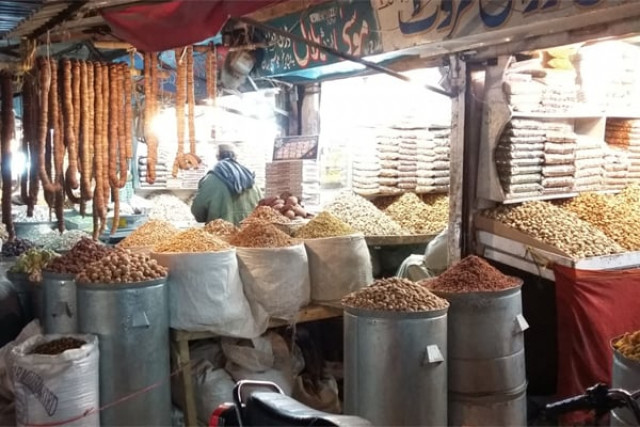The growing prices of perishable foods in Punjab have caused generalized frustration, since consumers continue to pay officially fixed rates for basic products. Despite the formation of new price control departments, the application remains ineffective, which leads to growing doubts about the government’s ability to control food inflation.
This week, the prices of essential vegetables and poultry products remained significantly higher than rates sanctioned by the government in local markets, without a single vegetable available for less than 200 rupees per kilogram. The persistent violation of official price lists not only highlights the weak regulatory grip of the government, but also questions the usefulness of recently established price control mechanisms, which according to critics are adding to administrative costs without delivering results.
In poultry markets, discrepancies between fixed rates and real market prices remained firm. The official rate for the living chicken was reduced in RS 15, which led to RS 374–388 per kilogram, however, consumers reported having paid between RS 460 and RS 480 per kilogram. Similarly, chicken meat had an official price of RS 562 per kilogram, but was sold for RS 570-640, while boneless chicken ranged to RS 1,200 per kilogram.
Read too: Punjab to remain in the control of climatic events
The vegetables also showed alarming prices gaps. For example, soft-skinned potatoes were fixed at RS 80-85 per kilogram, but were sold at RS 140-150. Onion prices officially remained at RS 50–55 per kilogram for a degree quality A, but reached up to rs 100 in the market. The tomatoes were established in RS 82–90 per kilogram, but prices increased to RS 150.
Garlic and ginger were among the most expensive items, with garlic varieties that are sold for up to RS 400 per kilogram against the official RS 21-260 rates. The ginger, depending on the origin, was sold by RS 600–700 per kilogram, far exceeding the fixed rates of RS 400–460.
Other vegetables, such as cucumber (RS 200/kg), brinjal (RS 150/kg), bitter pumpkin (RS 220/kg) and Ladyfinger (RS 240/kg), also saw steep marked. The spinach, pumpkin, zucchini, lemon and arum followed a similar pattern, regularly exceeding official prices in RS 30-100 per kilogram.
The fruits were no exception. The apples, with an official price at RS 145–265 per kilogram, were sold to RS 350. Banana prices saw a jump of RS 50–90 above the fixed rates depending on the rating, while guava and papaya exceeded the limits or were not available at all. Grapes and mangoes, despite minor adjustments in official prices, were sold at significantly inflated rates, and some varieties reach RS 500 per kilogram.
Read: Rawalpindi turns on for emergencies as the next monsoon approaches.
Even average income consumers found basic fruits such as sweet melon, dates and peaches to be disabled. The dates, for example, had an official price of RS 460-490 per kilogram, but were observed in rates to rates up to RS 2,000 per kilogram.
In the midst of these generalized violations, market inspectors and freshly trained price monitoring departments seem unable to enforce compliance. Critics argue that government pricing efforts have become largely symbolic, without administrative force or political will to penalize offenders.
As food inflation continues to press household budgets, especially for low and medium -income families, public confidence in the regulatory framework and government economic management continues to erode.




